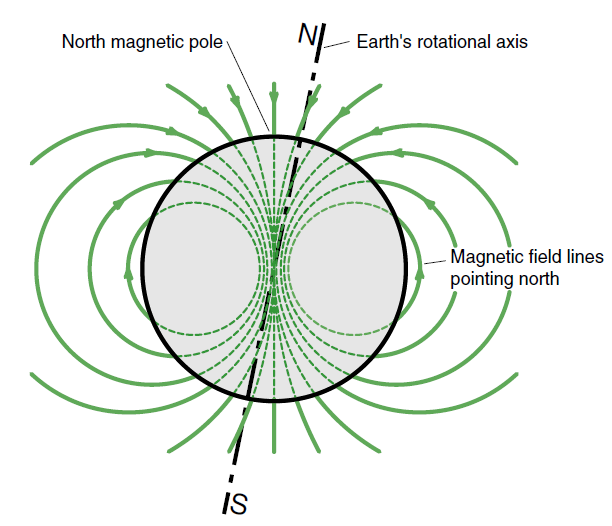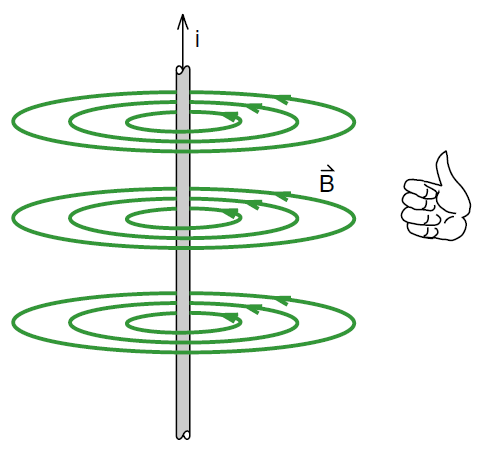
تاريخ الفيزياء

علماء الفيزياء


الفيزياء الكلاسيكية

الميكانيك

الديناميكا الحرارية


الكهربائية والمغناطيسية

الكهربائية

المغناطيسية

الكهرومغناطيسية


علم البصريات

تاريخ علم البصريات

الضوء

مواضيع عامة في علم البصريات

الصوت


الفيزياء الحديثة


النظرية النسبية

النظرية النسبية الخاصة

النظرية النسبية العامة

مواضيع عامة في النظرية النسبية

ميكانيكا الكم

الفيزياء الذرية

الفيزياء الجزيئية


الفيزياء النووية

مواضيع عامة في الفيزياء النووية

النشاط الاشعاعي


فيزياء الحالة الصلبة

الموصلات

أشباه الموصلات

العوازل

مواضيع عامة في الفيزياء الصلبة

فيزياء الجوامد


الليزر

أنواع الليزر

بعض تطبيقات الليزر

مواضيع عامة في الليزر


علم الفلك

تاريخ وعلماء علم الفلك

الثقوب السوداء


المجموعة الشمسية

الشمس

كوكب عطارد

كوكب الزهرة

كوكب الأرض

كوكب المريخ

كوكب المشتري

كوكب زحل

كوكب أورانوس

كوكب نبتون

كوكب بلوتو

القمر

كواكب ومواضيع اخرى

مواضيع عامة في علم الفلك

النجوم

البلازما

الألكترونيات

خواص المادة


الطاقة البديلة

الطاقة الشمسية

مواضيع عامة في الطاقة البديلة

المد والجزر

فيزياء الجسيمات


الفيزياء والعلوم الأخرى

الفيزياء الكيميائية

الفيزياء الرياضية

الفيزياء الحيوية

الفيزياء العامة


مواضيع عامة في الفيزياء

تجارب فيزيائية

مصطلحات وتعاريف فيزيائية

وحدات القياس الفيزيائية

طرائف الفيزياء

مواضيع اخرى
The Right Hand Rule for Currents
المؤلف:
E. R. Huggins
المصدر:
Physics 2000
الجزء والصفحة:
699
21-12-2020
1521
The Right Hand Rule for Currents
Iron filings give us an excellent picture of the shape of the magnetic field, but do not tell us which way the field is pointing. For that we have to go back to compasses as in Figure (1), where B is defined as pointing in the direction of the north tip of the compass needle. In that figure we see that when a positive current i is flowing toward us, the magnetic field goes in a counter clockwise direction as illustrated in Figure (2).

Figure 1: Magnetic field of the earth. The magnetic field lines show that the direction a freely floating compass needle would point at any location outside the earth. For example, at the equator the compass needle would be parallel to the surface of the earth and point north. At the north magnetic pole, the compass needle would point straight down (and thus not be very useful for navigation).
The above description for the direction may be hard to remember. A more concise description is the following. Point the thumb of your right hand in the direction of the current as shown in Figure (2), then your fingers will curl in the direction of the magnetic field. This mnemonic device for remembering the direction of B is one of the right hand rules. (This is the version to distinguish right and left hand threads.) If we had used compasses that pointed south, we would have gotten a left hand rule

Figure 2: Right hand rule for the magnetic field of a current i. Point the thumb in the direction of the positive current and your fingers curl in the direction of the magnetic field.